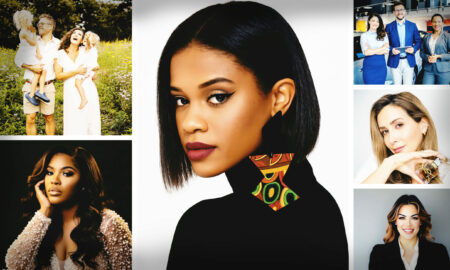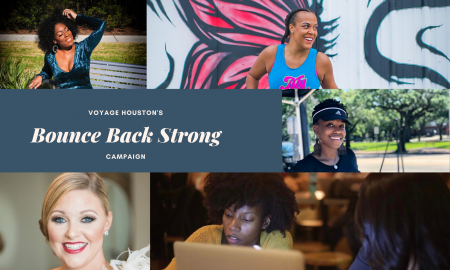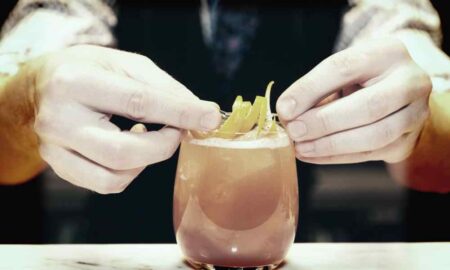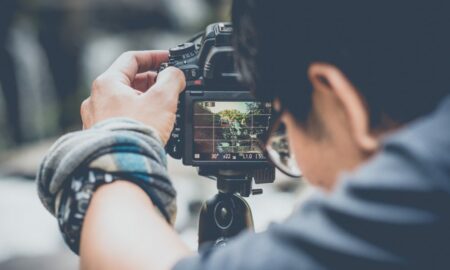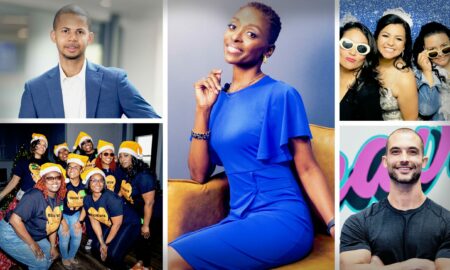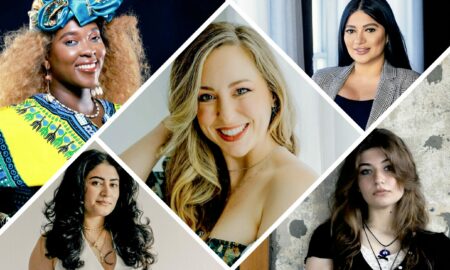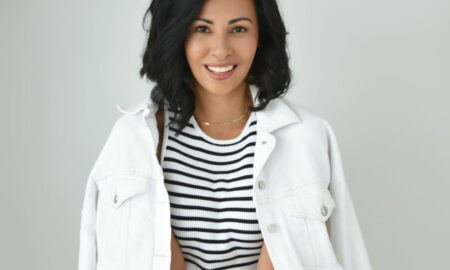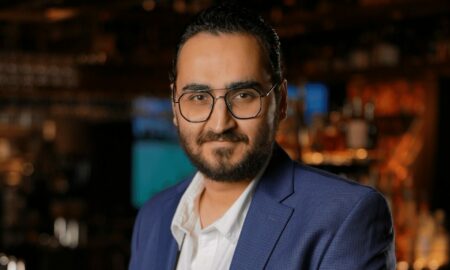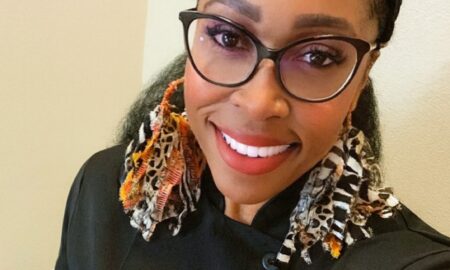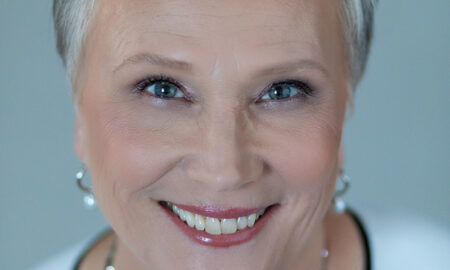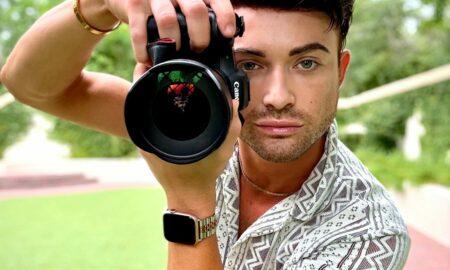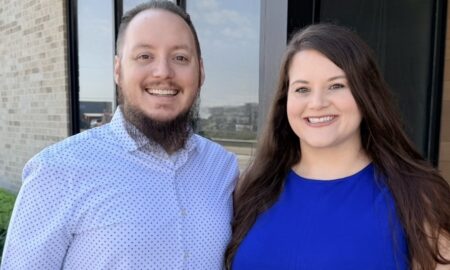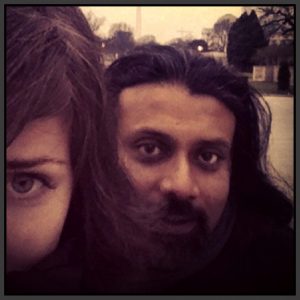
Today we’d like to introduce you to Prince Varughese Thomas.
Every artist has a unique story. Can you briefly walk us through yours?
I am an Immigrant. I was an Indian National, born in Kuwait, and Naturalized to the United States. My childhood was spent split between living in the United States and India. Although, I was creative as a child, as with most immigrant children, I was geared towards the sciences in school. For my tenth birthday, my parents gave me a Kodak Instamatic Camera. It was my prized position and began my love affair with photography! For a boy that moved around a lot, seeing through the lens became my way to connect with the world and I became the designated family photographer.
When I was in High School, I was on the newspaper and yearbook staff as a photographer. Unbeknownst to me, my teacher submitted one of my photographs into a city competition. I won first place! It was the first time my work was ever presented in an exhibition format.
Once I entered university, I began exploring many subjects that were interesting to me: Philosophy, History, Computer Science, and finally I ended with a degree in Psychology. In my last semester, a friend suggested to me that I should take one Art class before graduating. That semester I took my first university Photography class, and I was hooked. After receiving my degree in Psychology, I had to face the truth, that my passion in life was to make Art.
Because my first degree was in Psychology, I really had no foundational study in Art like most artists who take classes in drawing, photography, video, sculpture, etc. to learn process and design as an undergraduate. I did not have that foundation in my educational background. When I decided to study art in graduate school, I was not accepted into the University of Houston. At the time, it was one of the premier universities to study Digital Art in the United States because of their professors Ed Hill and Suzanne Bloom. In hindsight, I agree with their decision because I was not prepared for what graduate school in Art means. But I begged my way into the program at the University of Houston because I wanted to study digital art and moved to Houston. Graduate School is a time to focus on your work and ideas, not learn foundational techniques. I knew I was at a disadvantage when I entered the program, and studied and worked all the time to simply catch up to my peers. While they were going to parties and socializing on weekends, I was busy reading and working in the studio to learn because of my deficiencies. This laid the foundation to be a life-long learner as an Artist. The beauty of that experience was the university that originally did not accept me as a student hired me as a Visiting Assistant Professor after I graduated, and the beauty of not having a traditional Arts education is that I am not bound to any rules or a single medium. And now although I live in Houston, I am a Professor of Art at Lamar University in Beaumont, Texas.
Please tell us about your art.
My educational background in both Art and Psychology informs my studio practice in combination with my ethnicity and facing racial prejudice throughout my life. From the Iran Hostage crisis in the 70’s to aggression in Libya in the 80’s, to the first Gulf War in the 90’s, and then 911, each decade of my life has been marked with prejudice that has been projected on to me by the dominant culture. Although I am Indian-American, my identity was always malleable to others to perceive me as a threat or the enemy. This experience through my formative years to adulthood has directly affected how I look at society with open eyes and attempt to investigate places that I find worthy of critique, exploration, and making art.
For me, the idea dictates the material that I use to make an artwork or what medium is best to translate an idea. And I am constantly challenging myself as an artist, not only in the ideas that I pursue but the techniques and technologies that I learn and incorporate into my work. My various bodies of work include working in Photography, Video, Sculpture, and Drawing.
I am a consumer of information. I read, read, read. I read the paper. Read the weather. Read the News. Read novels. Read Television. Read History. Read Poems. Read the faces of people. The act of reading not only means input but data analysis and interpretation. In other words, in the act of living, I am receiving and inputting information that eventually, through interpretation, finds its way into my work. In addition, the various experiences that I have had in different cultures allow me to observe the differences and hierarchies that all cultures create to differentiate people. Kuwait (Middle East), USA, and India all have overt and subtle ways of racism, classicism, and oppression. Experiencing these divisions among people has really motivated and influenced how I observe the world and choose the topics that I want to speak about in my art. I see the world as a whole, I am not Kuwaiti, American, nor Indian; but depending on the definition you use for identity I can be all. I appreciate and am formed by all these experiences.
All the projects that I have worked on start with a seed from my personal life. Something that has affected me in such a way that I feel compelled to speak (make art) about the subject. For example, my photo series, Ancestors is part of a larger body of work called The Space Between Grief and Morning. It is a multi-media series of works that metaphorically explores the process of grief and mourning in private and public contexts. In 2014, I lost my father. I had been his primary caregiver for many years, having moved him and my mother to live with me in Houston. During this time, I had taken care of every aspect of my father’s daily needs while witnessing the slow process of aging, disease, and its effects on the body. This body of work aims to take this very personal experience of loss and translate it to a larger audience by exploring grief and mourning in its various forms. The series of photo-based works titled Ancestors are sourced from my family’s archives that includes four generations of funeral photos. I have utilized these images as a departure point to create a series of images that reference photography’s historical tradition with documenting death while metaphorically speaking about communal and personal loss. The images integrate constructed landscapes that I have photographed with component parts from my family archives. The moon is a recurring element within these images. The moon has mythological associations with death throughout cultures, and I believe it is an appropriate referent to speak on this subject.
There are so many things that we experience day-to-day. As an artist, my voice in culture is through my art, and my topics metaphorically speak about the times in which we live. They are visual records of not only moments in my life but our current circumstance in history. My motivation is to create visually thoughtful works in an interesting way that speaks about the world in which we exist – the good and the bad. I hope my works can communicate and resonate intellectually and on a purely human level with an audience. That is the thing with my art. I must trust that the viewer will dig a little deeper; otherwise, they lose a lot of meaning within my work. I don’t know, in an instant gratification society where an audience member spends only 5 seconds on a piece, if it is possible for an audience to give a work what it deserves but I hold on to the trust that they do give time to a work of art. For me, I want to reward the people that do spend time on my work with layers of meaning. That each visit to a piece will bring something new that they hadn’t seen or thought about in a prior viewing. Then it really becomes a conversation between the viewer and the work of art.
As an artist, how do you define success and what quality or characteristic do you feel is essential to success as an artist?
The Art Market is different than Art. An artist is part of a community, and to be a part of a community, you must come out from the cave. (Says the notorious hermit crab.) “Start your own mafia.” A sculpture colleague, mentor, and friend, Butch Jack, used to say this to me all the time. By that, he meant, for artists to keep in touch, stick together, and help each other out. I agree. You never know in the future, who will be in a position to offer an opportunity to someone else. Work Hard. Get yourself and your work out into the public. Meet other artists that are like-minded. Work Hard. Invite others into your studio. Work Hard. Share your ideas and thoughts. Invite others to share with you. Work Hard. Don’t be plastic. People can read plasticity, and it’s a big turn-off. But honesty and sincerity go a long way in my book and experience. And, WORK HARD. Don’t treat your art like a hobby but another full-time job.
I was walking down the streets of Toronto this summer, and I read this on someone’s T-shirt, “Hustle beats Talent when Talent don’t Hustle.” Bloody Brilliant! It’s very true in many fields including the Arts. I wish I could tell you that the Art Market is a meritocracy and that the best artists rise to the top of their profession. But it’s not. It’s not like in Sport where the best athletes can overcome any economic and social disadvantage to rise to the top of their field based on skill alone. The Art Market doesn’t work that way for the most part. You have to get the help of others.
For example, being an immigrant, I was raised with that old-school work ethic of keeping one’s nose to the grindstone and trusting that good thing will happen with hard work. I have maintained that work ethic throughout my professional life. I have been fortunate in my art career in that I have had wonderful people trusting and supporting me along the way. I can honestly say that everything I have ever achieved comes with the help of others. Obviously, hard work also plays a critical part in preparing oneself for situations where good things could happen to you; but I have never forgotten the help that I have received along the way. From my first job to my first exhibition, it has been, “Hey, there’s this guy named Prince that you should check out.”
And remember that rejection is only a negative if you define success based on it. It is part of the process. To use a sports analogy, no baseball player bats a thousand. No basketball player hits all their shots. No golfer makes par on every hole. Failure is built into the process. Embrace it. I once got a rejection letter from a gallery that couldn’t even be bothered with sending me a standard form rejection letter. They simply mailed me a rejection letter on a Post-It note. I loved it! It is now pinned on my memory wall in my studio. Don’t let rejection define you. Define your own success!
How or where can people see your work? How can people support your work?
Gallery Representation: Hooks-Epstein Galleries, 2631 Colquitt St, Houston, TX 77098, (713) 522-0718
Upcoming Exhibitions in the Area:
January 2019: Hooks-Epstein Galleries, Houston, TX
April 2019: Asia Society, Houston, TX
September 2019: Art Museum of Southeast Texas, Beaumont, TX
Contact Info:
- Website: www.princevthomas.com
- Instagram: @princevthomas_art







 Image Credit:
Image Credit:
Installation shot of man standing in front of photographs & Installation Shot of Drawings
Courtesy of Art League Houston & Alex Barber
Getting in touch: VoyageHouston is built on recommendations from the community; it’s how we uncover hidden gems, so if you know someone who deserves recognition please let us know here.

